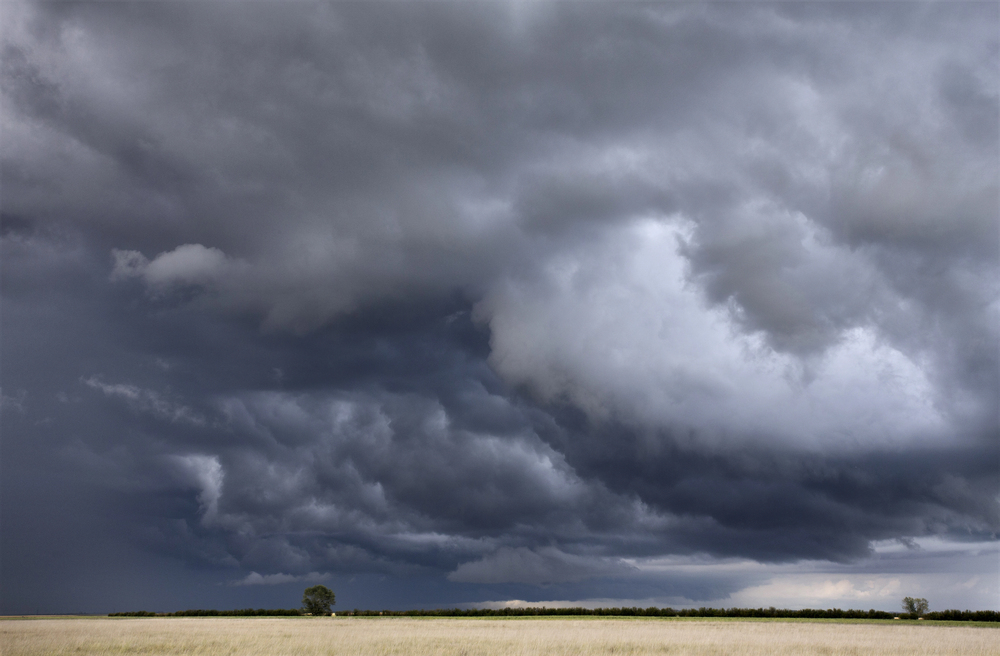9 Signs Your Client Needs Higher Commercial Umbrella Limits

By: Jacquelyn Connelly
After a cat-heavy year, many commercial lines are gearing up for significant rate increases. But commercial excess isn’t necessarily one of them.
After several years of depressed rates, David Eudy, underwriting manager, excess casualty, Burns & Wilcox, observes “movement toward a hardening market” which he believes will drive excess and umbrella carriers to push for higher rates in 2018.
But increases will likely cap at a couple of percentage points in aggregate—fueled by underlying performance deterioration in commercial auto, says Tony Fenton, commercial vice president at Nationwide. “A majority of last year’s cat events—hurricane, early hailstorms, wildfires—are going to be earnings events for the larger carriers,” he explains. “There’s an abundant amount of capacity in the market, so from an umbrella and excess casualty perspective, we believe rates are going to be fairly stable.”
That’s good news for you: Stable rates translate to happy insureds who may be more willing to have a coverage conversation if you play your cards right. “It’s a good practice for agents to work with the insured to assess changes in the insured’s operations on an annual basis,” says Michele Twyman, executive vice president, excess casualty commercial insurance at Chubb.
The first step in that process, Twyman says, is “ensuring policies are set at the right limit and that umbrella limits correlate with potential liabilities.”
“Additional limits almost always offer a reasonable price comparison with primary rates, which provides for an easy opportunity to upsell the account,” Eudy agrees. “Talking about how exposures have changed should be a yearly conversation to make sure insureds are covered properly. If the exposure has grown, so has the exposure to a catastrophic claim.”
Here are nine signs your client may need higher commercial umbrella limits:
1) Risk of tort litigation. According to Twyman, tort litigation costs in the U.S. have increased dramatically over the last 50 years.
“Today, a significant lawsuit could result in financial devastation” for a business, says Twyman, who suggests evaluating potential worst-case scenarios with each client when determining umbrella limits. “The last thing an insured wants is to have disruption to their cash follow and potentially have to fund part of an award where damages exceed the available umbrella limit.”
And remember that “in our increasingly litigious society, businesses cannot always avoid being sued,” Eudy adds. “Even if a business is innocent of the charge, they will still have to pay to defend the claim in court. In the absence of a commercial excess policy, they may end up paying out of their own pocket.”
2) Forward-thinking operations. New technologies, processes, materials, design, production and business capabilities are driving evolution in many industries, Twyman points out—and these innovations “are creating new risks and potential coverage gaps.”
How confident are you that you have a solid understanding of each client’s business model and the potential risks that could present liability exposures? “One size does not fit all, and each business is susceptible to a combination of different risks,” Twyman says.
In the event of an incident related to emerging technologies, you have to be able to “advise clients on umbrella limits that will cover liabilities associated with those threats,” Twyman advises. “We live in a world that requires attention to detail like never before. It is important for both agents and decision-makers at companies to approach all threats proactively, rather than wait until it is too late.”
3) New business growth. U.S. gross domestic product is projected to increase almost two and a half points this year, according to Fenton. “A strong economy, strong sales and strong revenues push up aggregate exposures,” he says, noting manufacturing and retail as two lines to keep a particularly close eye on. “If you have a growing business, is your coverage actually keeping up with the pace of growth of your business?”
As more startups vie for venture capital, some will hit it big—and “as you scale, you get more assets,” Fenton points out. “You could have a small or micro business that finds itself growing exponentially. Don’t just assume they’re appropriately covered. Any change in scale or exposures is important.”
What else may be a sign that your client may need to increase their commercial umbrella limits? Twyman says to keep an eye on the following:
- New products or services.
- Discontinued products in the marketplace.
- New properties added to real estate schedules.
- Sales outside the U.S.
- Increased fleet sizes or changes in drivers.
- New contracts that indemnify other parties.
And remember: Because umbrella policies may incorporate primary coverage provisions, “agents should also be aware of any terms or conditions that may exist on the underlying coverage that may conflict with any of the insured’s operations, to ensure there is no gap between underlying and umbrella or excess layers,” Twyman cautions. “An umbrella policy has to fit seamlessly over the underlying coverages and exposures sitting below it.”
Jacquelyn Connelly is IA senior editor.










